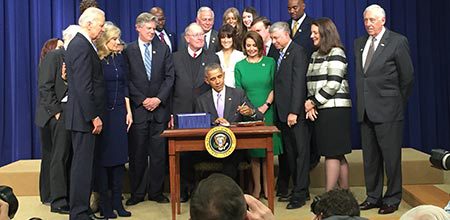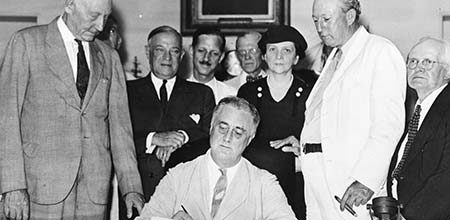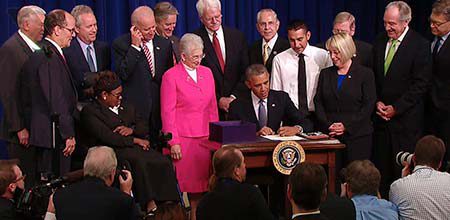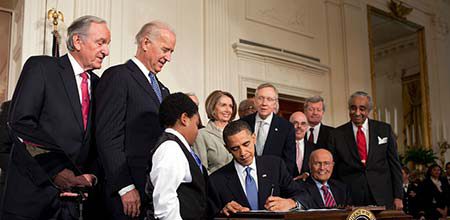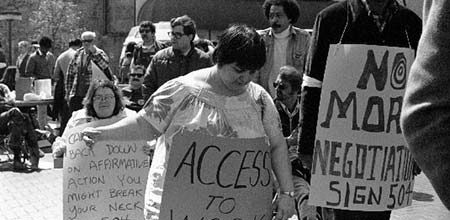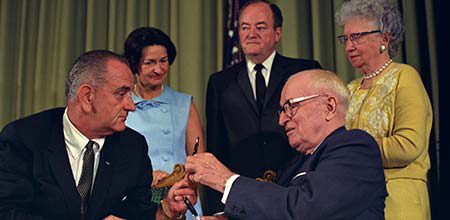Ticket to Work and Work Incentives Improvement Act
Categories: Employment, Medicare, Medicaid, Social Security
On December 17, 1999, President Bill Clinton signed the Ticket to Work and Work Incentives Improvement Act of 1999 (Public Law 106-170). The legislation, known as TWWIIA, increased the options for individuals with disabilities who wished to return to work by establishing the Ticket to Work and Self- Sufficiency Program. TWWIIA has four purposes:
- To provide health care and employment preparation and placement services to individuals with disabilities that will enable those individuals to reduce their dependency on cash benefit programs,
- To encourage states to adopt the option of allowing individuals with disabilities to purchase Medicaid coverage that is necessary to enable such individuals to maintain employment,
- To provide individuals with disabilities the option of maintaining Medicare coverage while working, and
- To establish a return to work ticket program that will allow individuals with disabilities to seek the services necessary to obtain and retain employment and reduce their dependency on cash benefit programs.
The Ticket to Work program expands access to vocational rehabilitation (VR), employment, and other support services that are necessary for regaining, obtaining, or maintaining employment for beneficiaries of Social Security Administration (SSA) disability programs, the Social Security Disability Insurance (SSDI), and Supplemental Security Income (SSI), by increasing access to health care coverage and establishing other initiatives in support of TWWIIA employment objectives.
To be eligible for the program people must be ages 18 through 64 and receive SSDI benefits and/or SSI payments. The Ticket to Work program provides these beneficiaries choices for receiving employment and other support services they need to reach their work goal. Participants in this program may assign their Ticket to an Employment Network (EN) or receive services from the public VR state agency. Regardless of which provider they choose, beneficiaries will receive career counseling, job placement, and ongoing employment support services. Other services, such as transportation and workplace accommodation assistance, may be available depending on the offerings of individual providers and the needs of beneficiaries. An EN works with each beneficiary to identify employment goals and write an Individual Work Plan (IWP) that both the beneficiary and EN agree upon.
In 2008, the Ticket to Work program’s structure was dramatically revised to pay ENs more money when beneficiaries make progress in their employment plans but before they reach the level of earnings that would terminate their benefits.
On July 22, 2014, President Barrack Obama signed into law the Workforce Innovations and Opportunities Act of 2014 (WIOA). This law amended the Rehabilitation Act of 1973 to require state VR agencies to coordinate their activities with related agencies and ENs to better serve common customers, including individuals receiving assistance under the Ticket to Work program. The law also requires the state plan to describe how the responsibilities for service delivery will be divided between the EN and the state VR agency.



